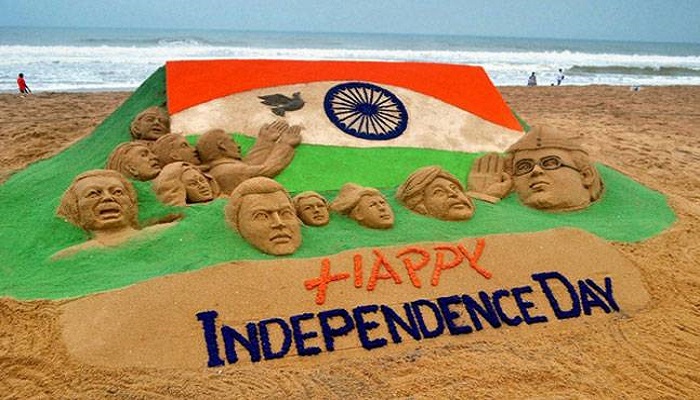
While India gears up for the Big Day, here are 10 interesting facts about India’s freedom that you might like to know:
1. We did not have any National Anthem when our country became Independent on August 15, 1947.
Though Nobel laureate Rabindranath Tagore wrote ‘Jana Gana Mana’ in Bengali on December 11, 1911, the Hindi version was adopted by the Constituent Assembly as the National Anthem of India on January 24, 1950.
2. The Last Viceroy and first Governor General of India – Louis Mountbatten – declared August 15 as the date for our country’s Independence as it was the same day in 1945 that Japan surrendered to the Allied Forces at the end of World War II.
3. North Korea, South Korea, Bahrain and Republic of the Congo also celebrate their Independence Day on August 15.
4. Though India gained its Independence, Goa was still being controlled by the Portuguese. It was on December 19, 1961, that Goa was finally annexed to India.
5. When India got its freedom, there were as many as 562 princely states. While 560 states joined India, Junagadh and Hyderabad were annexed by the military.
6. It was in the early 1900s that freedom fighter Lokmanya Bal Gangadhar Tilak and Parsi businessman Sir Ratan Jamshedji Tata conceived The Bombay Swadeshi Co-Op Stores Co. Ltd. to promote manufacture, sale and use of Swadeshi goods. The store is now called The Bombay Store.
7. Though we see various materials being used for our tricolour, the law of the land says only “khadi” (hand-spun cloth) should be used for our national flag.
The Flag Code of India states that any other material used to make the national flag may sentence you to three years of imprisonment and a fine.
8. Freedom fighter Pingali Venkayya designed the first version of the national flag at Bezawada (now Vijayawada) city in Andhra Pradesh in 1921.
It had two colours – saffron (more reddish) and green – symbolizing the two major communities in India, Hindu and Muslim.
It was Mahatma Gandhi who suggested adding a white stretch in the middle to represent the other communities and a spinning wheel as a symbol of progress.
9. Gandhiji wanted to dissolve the Congress party post-Independence.
On the eve of his assassination on January 30, 1948, Gandhi had drafted a resolution for the Congress which read: “Though split into two, India having attained political independence through means devised by the Indian National Congress, the Congress in its present shape and form, i.e., as a propaganda vehicle and parliamentary machine, has outlived its use.”
10. Agreeing to a peaceful transfer of power, Britain’s King George VI’s message to Indians on August 15, 1947, read: “Freedom-loving peoples everywhere will wish to share in your celebrations … For with this transfer of power by consent comes the fulfilment of the great democratic ideal to which the British and Indian peoples alike are firmly dedicated.”

Post Your Comments